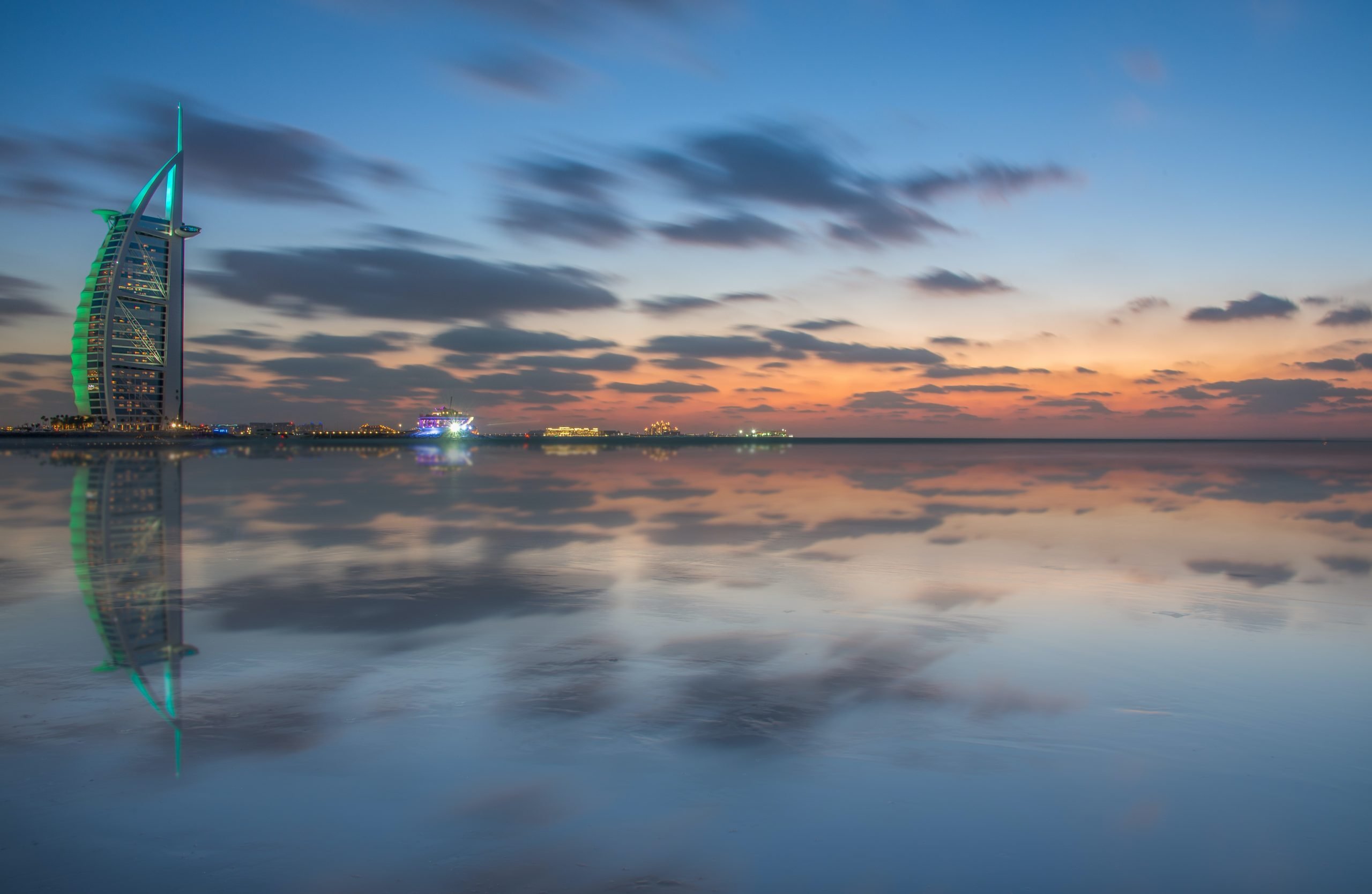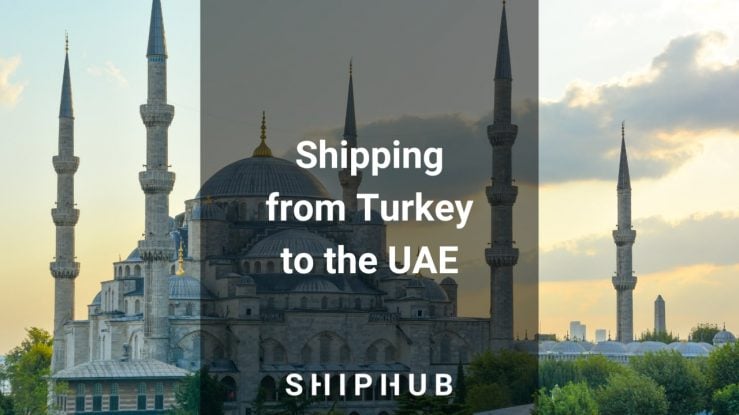Undoubtedly, the United Arab Emirates’s largest European trading partner is Germany, which accounts for almost 22 percent of all trade between Germany and the rest of the Arab world. The main export products of the UAE include oil and refined oil, gas from oil, diamonds, and gold. Apart from oil ports, the UAE also has 12 commercial ports. That is why the list of imported products include cars, jewelry, refined oil, as well as diamonds and gold. Check how transport from the UAE to Germany looks like.
Duty customs
Before importing the goods from the United Arab Emirates, you should check customs duties to find out if the delivery of the goods pays off. Each country is constantly changing its customs regulations. Since the adoption of the common tariff for the GCC countries, duties for most products in UAE have been set at 5% of the CIF value. However, it should be noted that this does not apply to products such as alcohol or tobacco, alcohol products are subject to a 50% customs duty and tobacco products are subject to a 100% customs duty.
For further information regarding customs rates, visit the website of the official website of the Federal Customs Authority.
Sea transport from the UAE to Germany and air transport – Time
Comparing with other methods of transporting goods, sea freight accounts for 90% of all shipments around the world. It is due to factors such as low costs and reliability. However, it is important to mention that it is also time-consuming. Shipping from Germany to UAE can take from 6-8 working days.
Nevertheless, the UAE offers a wide and quick service of air freight. Their cargo freight can reach anywhere in the world from the UAE in just two or three days. However, air transport is expensive, and it is not ideal for keeping freight costs low.
Sea Freight from the UAE to Germany – Main ports
The Jebel Ali port in Dubai is the busiest commercial port in the entire Middle East and also the largest container terminal in the United Arab Emirates. Another port worth mentioning is the Khalifa port, which is the second-largest container terminal and the first semi-automated port in the Middle East and North Africa. These two ports play a major role in handling the largest amount of cargo in the UAE.





